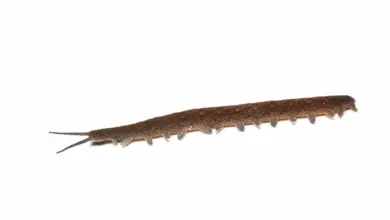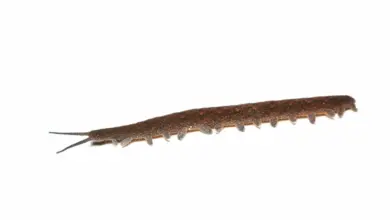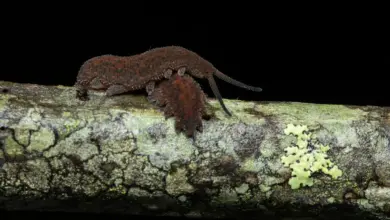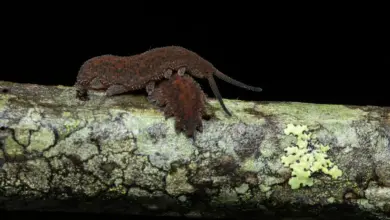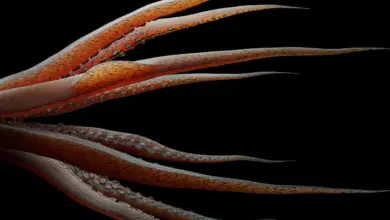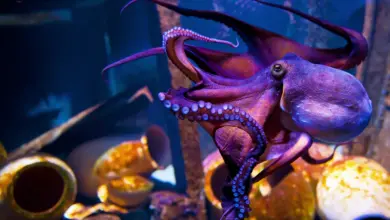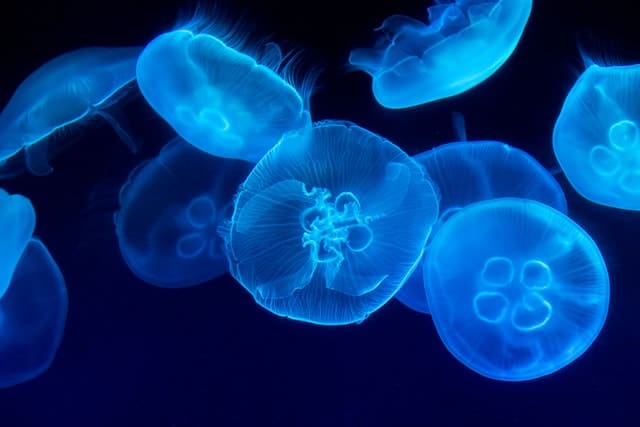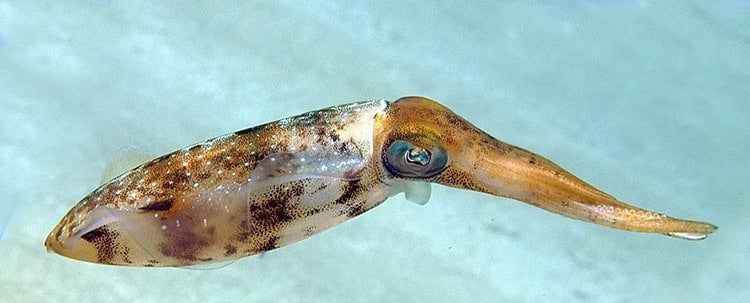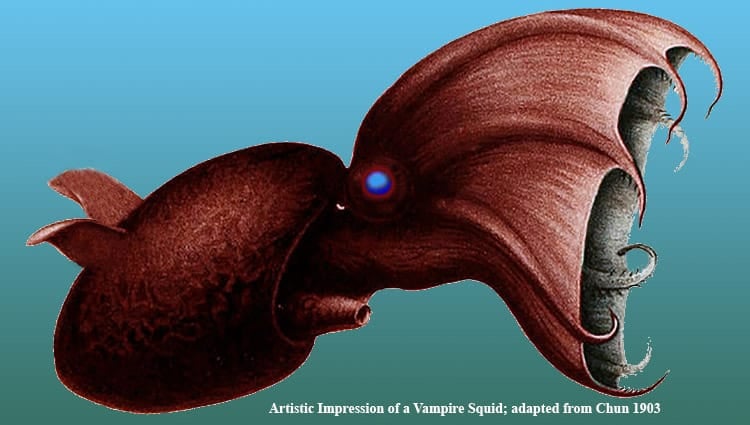inverts
-
Velvet Worm Life Cycle
Velvet worms are intriguing – bizarre even – in many ways. Onycophorans are surprisingly skillful hunters. They are the only…
Read More » -
Are Velvet Worms Rare?
Velvet Worms are curious and evasive invertebrate critters. Scientifically speaking, they belong to a unique phylum called Onychophora, consisting only…
Read More » -
Are Velvet Worms Dangerous?
Velvet worms have a gentle name and disposition – moving tenderly on their chubby legs and carefully examining the world…
Read More » -
What Eats Velvet Worms?
As cruel as it sounds, the saying “eat or be eaten” is established in the animal world. However, eating doesn’t…
Read More » -
How Does the Velvet Worm Catch Its Prey
Velvet worms are tropical invertebrates that look like a mix of a caterpillar, a centipede, and a slug – although…
Read More » -
Squid Anatomy
Squid Anatomy In Detail Squid are cephalopods, and as such, they possess the same anatomical base as other cephalopods, including…
Read More » -
Octopuses: Geniuses of the Invertebrate World
Octopuses are, hmmm well how can I put this? Octopuses are amazing, incredible, magnificent, wonderful, fascinating, in many ways unique…
Read More » -
Jellyfish survive (& thrive) without a brain or heart
Jellyfish survive (& thrive) without a brain or heart – here’s how! Jellyfish. An ancient, sea dwelling, ‘stinging machine’ located…
Read More » -
Squid: The Ocean’s Fast and Furious
Squid are fast, diverse, colourful, dynamic, intelligent and delicious. According to the Catalogue of life there 298 species of squid,…
Read More » -
Vampire Squid: The Surprising Facts
Vampire Squid, there is only one species, are Coleoid Cephalopods currently classified as being the sole member of the family…
Read More »

